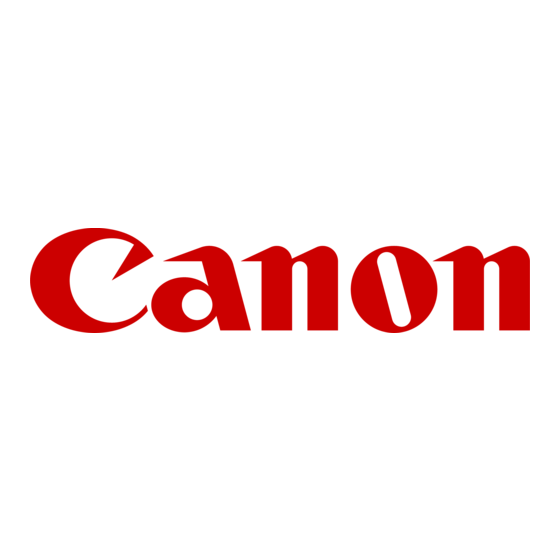Canon EOS-1D Mark II Digial Поради та техніки - Сторінка 24
Переглянути онлайн або завантажити pdf Поради та техніки для Програмне забезпечення Canon EOS-1D Mark II Digial. Canon EOS-1D Mark II Digial 35 сторінок. Firmware update procedures
Також для Canon EOS-1D Mark II Digial: Брошура та технічні характеристики (20 сторінок), Інструкція з експлуатації (28 сторінок), Інструкція з експлуатації (41 сторінок), Посібник з програмного забезпечення (2 сторінок), Посібник з програмного забезпечення (2 сторінок), Інструкція з експлуатації (19 сторінок), Посібник з експлуатації (39 сторінок), Кишеньковий посібник (2 сторінок), Посібник користувача (2 сторінок), Технічні характеристики (2 сторінок), Посібник з експлуатації (29 сторінок), Короткий посібник (2 сторінок), Короткий довідник (2 сторінок), Посібник з оновлення (8 сторінок)

